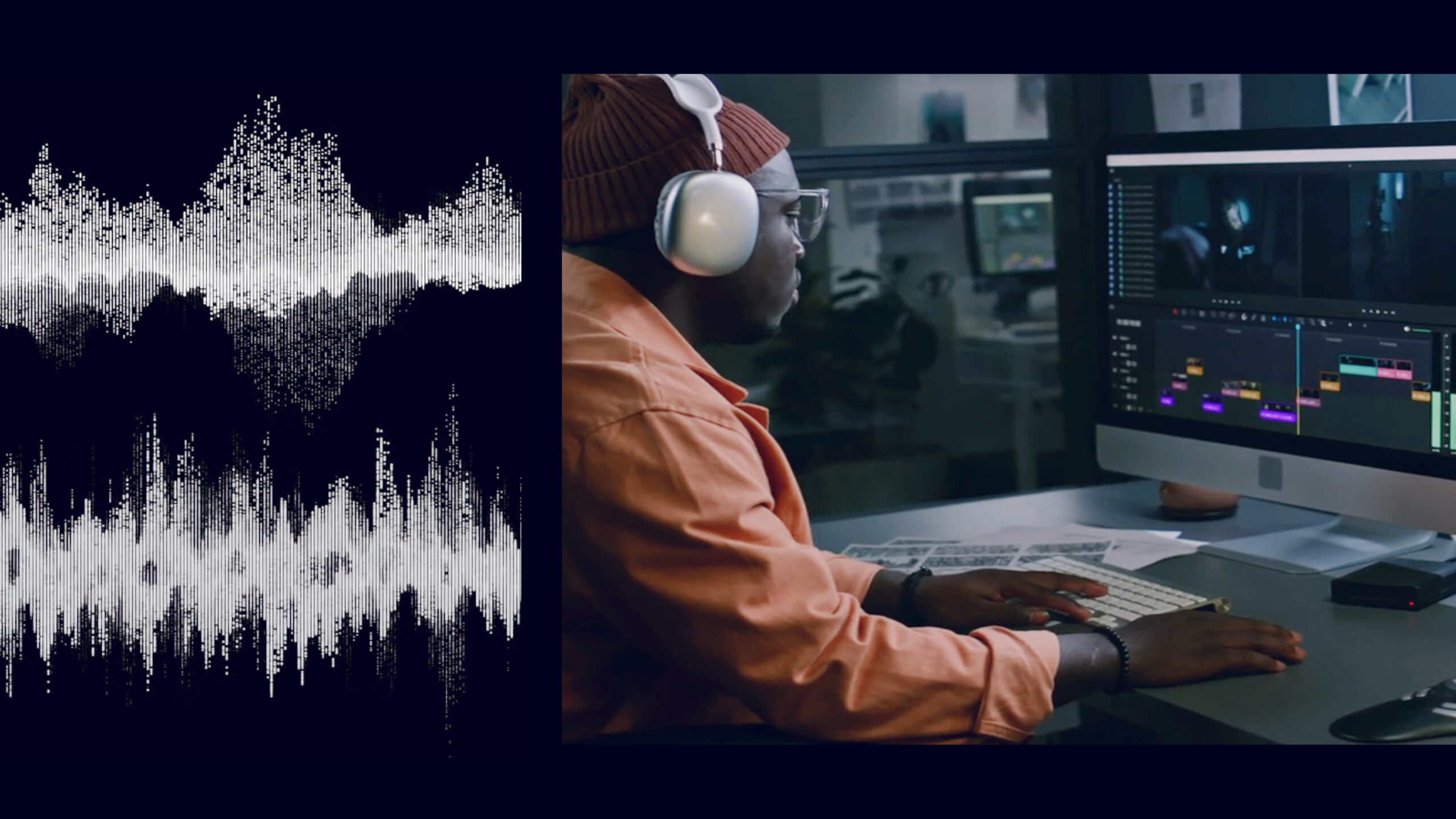Filmmakers and videographers looking for an easy way to expand their shoots need to understand how to use green screens. With a good green screen, you can more easily create special effects, simulate locations, and build virtual sets. Green screen shoots can be inexpensive and there are plenty of software tools to help with keying out the green in post.
But without proper technique, shooting with a green screen can be more painful than it is helpful. Nothing sucks more than rotoscoping bad green screen footage for hours upon hours because someone didn’t spend a few minutes setting up the green screen properly.
Here are some tips for shooting green screens.
All The Pretty Colors
The first thing you need to decide is if you want to shoot over green or blue. Although we generically call it a “green screen,” it’s not uncommon to shoot over blue in some situations.
Green screens are generally more universal and will do a good job in most cases. However, if you are shooting something with a lot of green in it, like a shot with plants or leaves in the foreground, or if your talent has to be wearing green, then you might want to consider shooting over blue screen instead. It’s also sometimes easier to pull a key around blonde hair if you shoot over blue.
Take stock of everything you’ll be shooting to make the best decision between a green screen or a blue screen.
Get It Right, Get It Tight

In some situations, a green screen will be painted on a flat wall, but often green screens are hung using a green fabric material. In these instances especially, make sure to pull the screen tight on all sides.
The general principle here is that you don’t want creases or folds in your screen. Folds will create shadows and uneven lighting that will wreak havoc on your attempts to key the green in post-production.
This tip is important for other green elements you might bring in as well, like green fabric draped over a table or a green screen suit. Always try to get as flat and even a surface as possible.
Light It Up

Once you have a smooth green background, you’ll want to cast lights on it as evenly as possible. There are two reasons for this. Getting a nice bright green will help you set the background apart from the foreground elements.
Also, having an evenly lit surface will make keying easier as you won’t have to try to key a wide range of green. The less even your green screen lighting is, the more you’ll have to expand your range on your key, and the more likely you’ll be to accidentally key out things that you want to keep in your shot.
Once your green screen has a good flat lighting setup, you’ll start lighting for your foreground elements. Light your actor or props separately from the green screen to help them stand apart.
Remember to take into consideration what the replacement background will be, and light accordingly. If your foreground subject matter is supposed to be outside on a sunny day, light for that effect, and so on.
A good lighting setup, both on the green screen and away from it, will really help you pull the keys later in the process.
Keep It Separated
Try and separate your green screen from your foreground elements as much as possible. A good rule is to pull your foreground elements at least ten feet away from your green screen.
This will help to eliminate shadows that your foreground elements might cast on the green screen. Just like creases and folds in the screen, shadows cast by the foreground elements will cause problems when you are trying to pull a clean key.
Also, separating your foreground elements from the screen will help eliminate the spill. Spill occurs when some of the green light bounces onto the objects in the shot, giving them a soft green outline. This is another issue that you don’t want to deal with when keying.
Upon Further Reflection
One of the easiest things to overlook when setting up shots for green screen is green reflections. Sometimes shiny objects or items like eyeglasses will pick up reflections of the green screen, which often get missed and are problematic later.
Take the time to thoroughly review your shots before filming to make sure you aren’t picking up green reflections on any objects.
Shooting over a green (or blue) screen can get some really great results, and it’s not that hard as long as you watch out for the little things that can pose problems later on. We hope these tips make your next green screen shoot a little easier.



























